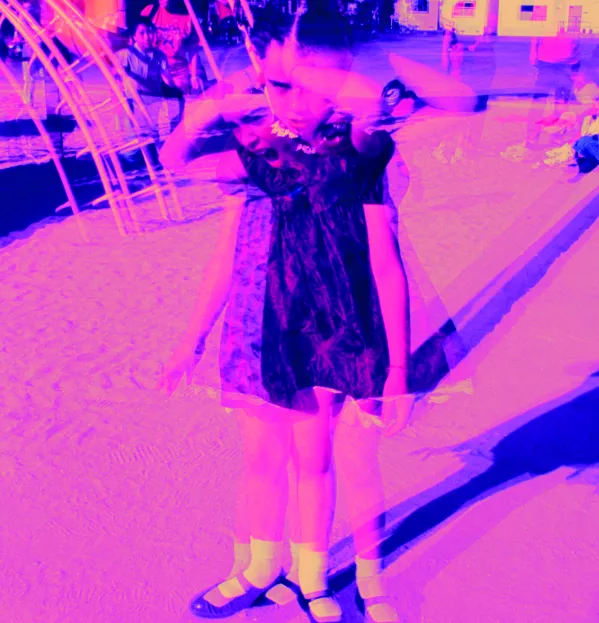Recognizing Autism In Women: A Detailed Guide Living With Autism

Signs Of Autism In A 5-year-old Lady
In a similar way, a woman that typically appears shed in idea may be called a "dreamer" in a positive means, but the exact same actions could be considered as turbulent in kids and, once more, would certainly result in intervention. No single Click here for more info quality can define an autism diagnosis, regardless of an individual's sex at birth or sex identification. Yet there are some characteristics of autism that can assist suppliers make the diagnosis. My name is Adi, and I am the honored moms and dad of Saar, a vibrant 17-year-old who occurs to have autism. Loud noises can be frustrating, abrupt modifications can be upsetting, and recognizing emotions can be challenging. Nonetheless, Saar is continuously discovering and expanding, and his steady durability is absolutely exceptional.
- Lots of Autistic grownups who were identified in adulthood record frustration in not having been identified as a child, leaving them without support, which may lead to trauma, suspect of others, stress and anxiety, stress and anxiety, and clinical depression.Individuals' moms and dads were first asked to complete the 3 surveys defined earlier.Girls have a tendency to fly under the radar due to the fact that they do not fit the stereotype of autism.Moms and dads and autism companies can play a critical function in advocating for women with autism by sharing their experiences and enlightening their areas.
In addition, the criteria for detecting autism are based largely on study performed on boys, which might not properly record the special presentation of autism in women. This thorough overview aims to assist parents, caretakers, and specialists determine the signs of autism in ladies at different ages. Recognizing autism in ladies can be challenging due to the one-of-a-kind means they typically show symptoms.
Extra Autism Short Articles

This resulted in prejudiced diagnostic criteria that neglected subtle characteristics that materialize in ladies specifically. We make use of gendered terms-- like women, ladies, children and men-- in this story to mirror what is presently comprehended about sex/gender and autism spectrum disorder. Lots of autistic ladies learn to "mask" or conceal their difficulties by resembling the behavior of their peers, rehearsing social situations, or scripting conversations in advance. While this can assist them appear a lot more socially skilled, it commonly comes with a significant price.
In a 2015 research study discovering mind size among autistic individuals, researchers discovered that autistic women have a tendency to have smaller temporal wattles, compared to autistic males. The temporal wattle is associated with emotional regulation, language, and the processing of verbal information. The Analysis and Analytical Guidebook of Mental Disorders, 5th edition (DSM-5) does not offer a different listing of indicators of autism for men and women. Autism is a neurodevelopmental disorder that can lead to differences in interaction, social communication, data processing, and actions. Understanding autism in ladies and giving timely support can significantly improve their academic and social advancement, enabling them to thrive in academic settings. Since 1998, numerous parents and adults have relied on ADDitude's specialist assistance and assistance for living far better with ADHD and its relevant mental health and wellness conditions.Recognizing autism signs and symptoms in women can be challenging because of the distinct discussion of their symptoms and the capacity for underdiagnosis. Nonetheless, there are techniques that can help enhance the recognition of autism in ladies, causing prompt assistance and interventions. Sadly, women with autism usually deal with hold-ups in diagnosis and succeeding access to support solutions. The discussion of signs and symptoms in girls may vary from that of children, leading to underdiagnosis and misinterpretation of their actions. Study recommends that roughly 80% of autistic women continue to be undiagnosed by the age of 18, highlighting the need for boosted recognition and analysis. Autism spectrum disorder (ASD) can show up in a different way in women contrasted to kids, resulting in distinct obstacles in identifying and diagnosing the problem.
Boosted Understanding And Training
Some ladies have clear attributes of autism, like self-stimulating habits (stims) or severe speech and language problem. Nevertheless, these masking approaches can have negative effects. Ladies may experience fatigue and increased stress and anxiety from preserving these approaches over time. Additionally, counting on masking can postpone the medical diagnosis and treatments they require, impacting their accessibility to sustain services. The J-CDI is a 448-item parent-report survey evaluating language growth in children aged 6-- 18 months. It assesses listening comprehension, meaningful vocabulary, extensive vocabulary, and gestures.